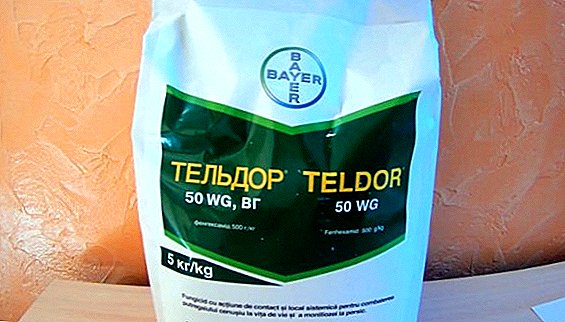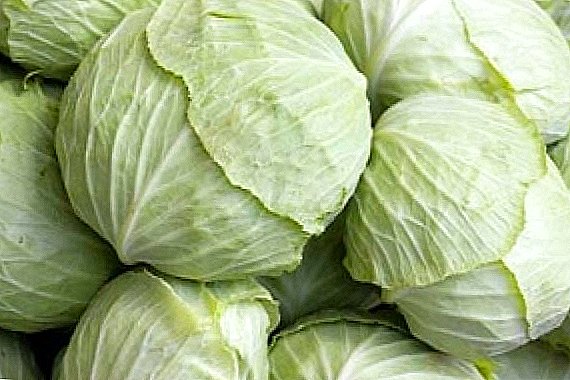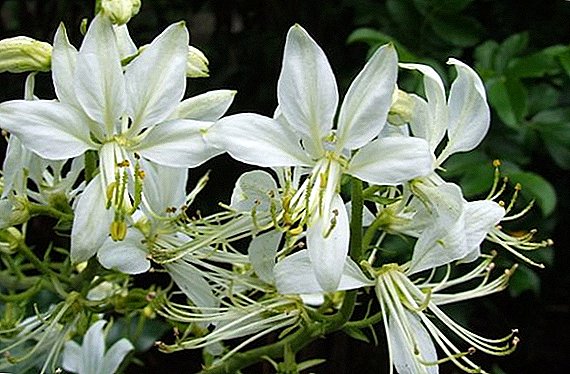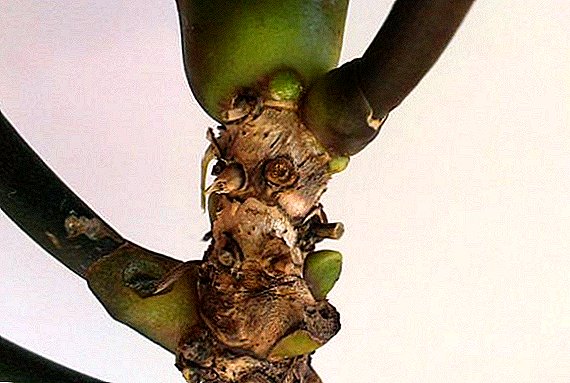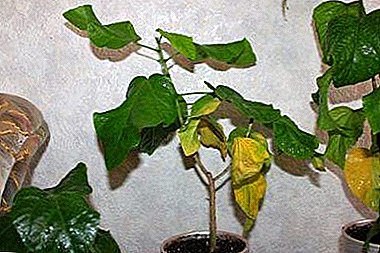
Even with careful maintenance of all conditions, the owners of indoor plants may experience difficulties.
Some problems signal the need to slightly adjust the care program, others require serious measures. For a grower, it is always very important to understand the causes of a flower ailment.
This article describes in detail what to do if the hibiscus roots dry, stem or leaf tips and why problems arise. The measures of prevention and prophylaxis of diseases are described.
Why dry up?
Leaf tips
Usually, disease associated with drying of the leaves of hibiscus occurs in the winter. Providing factors are insufficient lighting and dry air.
The following measures will help to restore the aesthetic appearance of the flower:
- The organization of artificial lighting.
- Frequent spraying.
- Periodic water treatments under the shower.
In addition to the lack of moisture and light, the reasons for the appearance of dry tips on hibiscus leaves can be:
- Pests. It is necessary to carefully examine the shoots and the underside of the leaves of the plant in order to detect traces of parasites. If they are found, treat with insecticides.
- Cramped pot. If roots appeared from the drain holes, it is time to replant the hibiscus.
- Overdried earthen room Need to adjust the schedule of irrigation.
- Water too hardused for watering. The flower should be moistened only with separated water.
Stem
The dried trunk of hibiscus signals soil contamination by pests.
To solve the problem you need:
- Dig a plant.
- Carefully inspect the roots.
- If pests are visible to the naked eye - remove them mechanically, if part of the roots are affected - cut them completely to healthy tissue. Rinse with a weak solution of potassium permanganate.
- Replant the plant in a new container with a fresh substrate.
The roots
Withered roots can be observed in plants that have been in a close pot with a dried earthy ball for a long time.
You can take the following resuscitation actions:
- Moisten the soil for several days in small portions.
- Remove the flower from the pot, gently remove the ground with dead roots.
- Transplant hibiscus to new capacity suitable for the volume of the root system.
Roots can dry if the soil is too cold. In this case, you need to move the pot to a warmer room.
A photo
Here you can see photos of the plant:
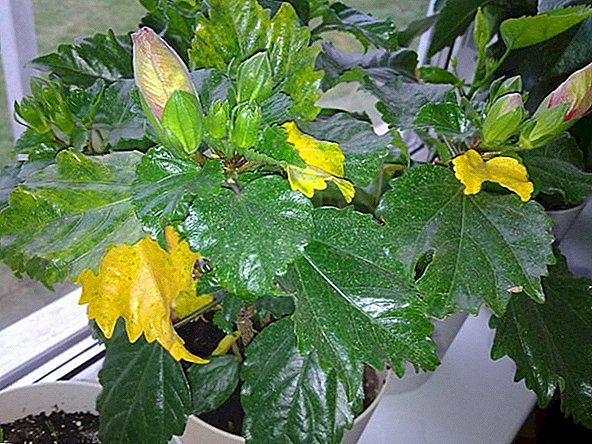
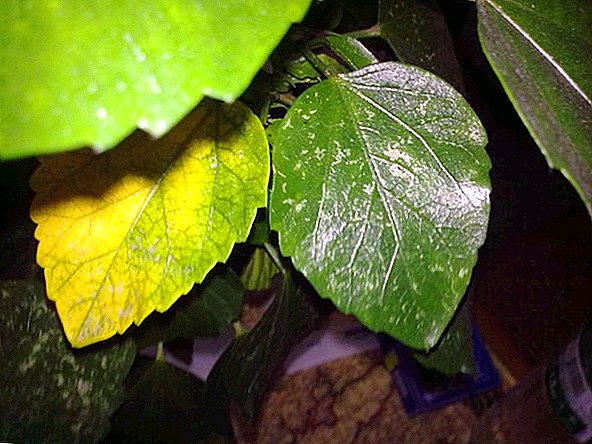
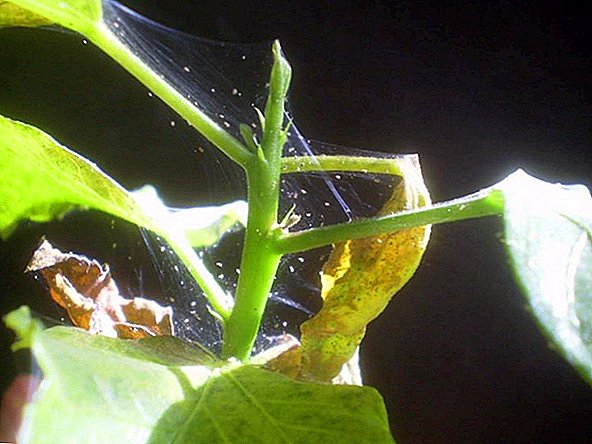
What if the flower is completely dry?
You can try to bring the dried up plant back to life by taking the following steps.:
- Completely remove all dried leaves.
- To cut the trunk as far as possible, if a small piece of the not dried stem is left, cut to its level.
- Replant the plant by transfer.
- Soil, after moving the hibiscus to a new container, moisten.
- Spray the plant with Appin.
- Cover the landing package, thus creating a mini greenhouse.
- The package must be periodically removed for repeated treatments with a growth stimulator, and then returned to its place.
- In such circumstances, hibiscus need to keep at least two weeks. The success of the procedure will be discussed by the appearance of young shoots.
Home care for indoor plants
- Provide the flower with diffused light.
- Conduct periodic spraying.
- Keep the plant warm and avoid sudden changes in temperature.
- In time to carry out the transplant.
- Provide abundant regular watering during the spring and summer period and monitor their moderation in the winter.
Exotic handsome hibiscus can not be called very fastidious in content. Compliance with simple rules of care is useful not only for the plant, but also for its owner, as it helps to avoid the hassle of emergency removal of defects and diseases.



